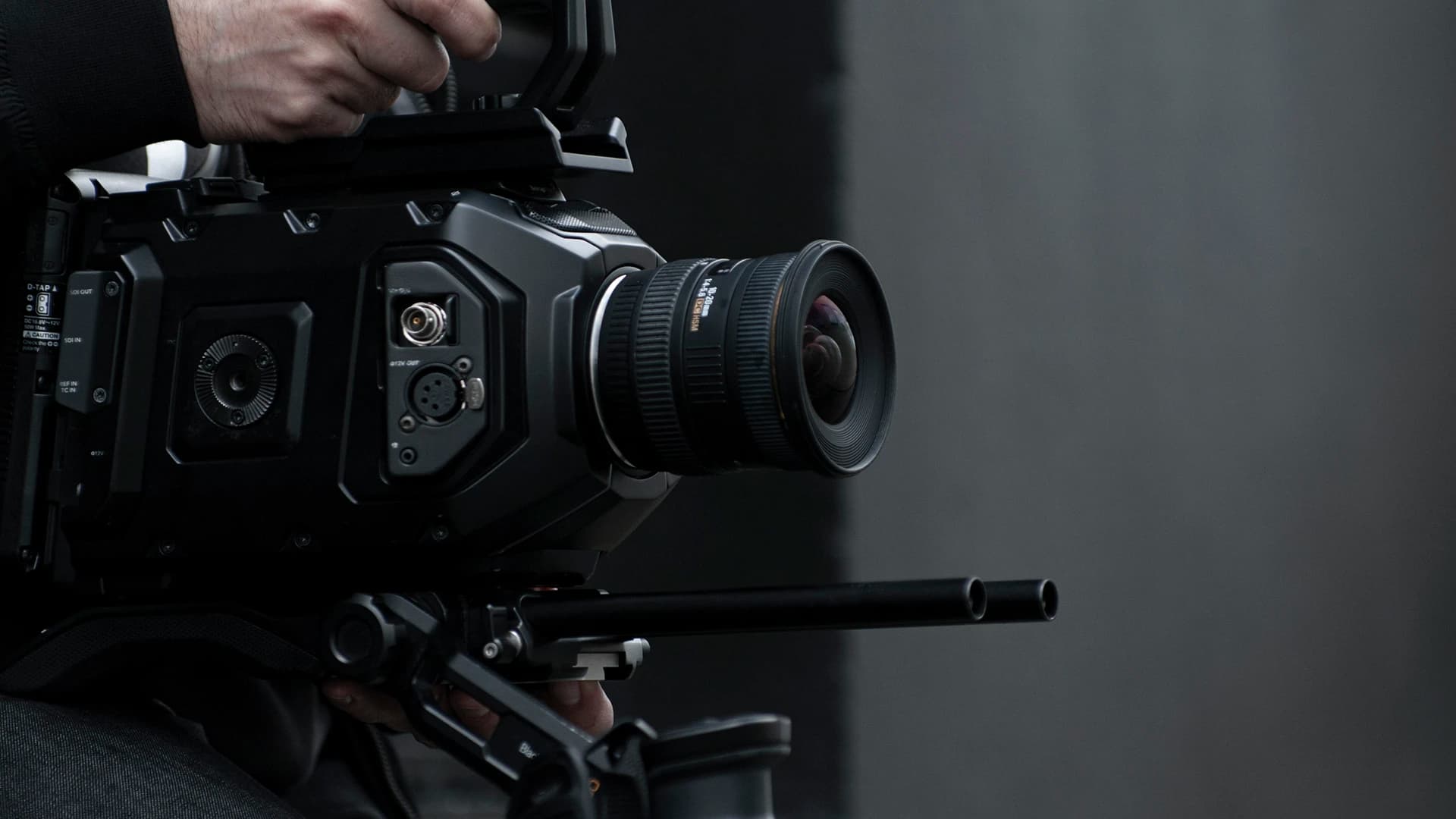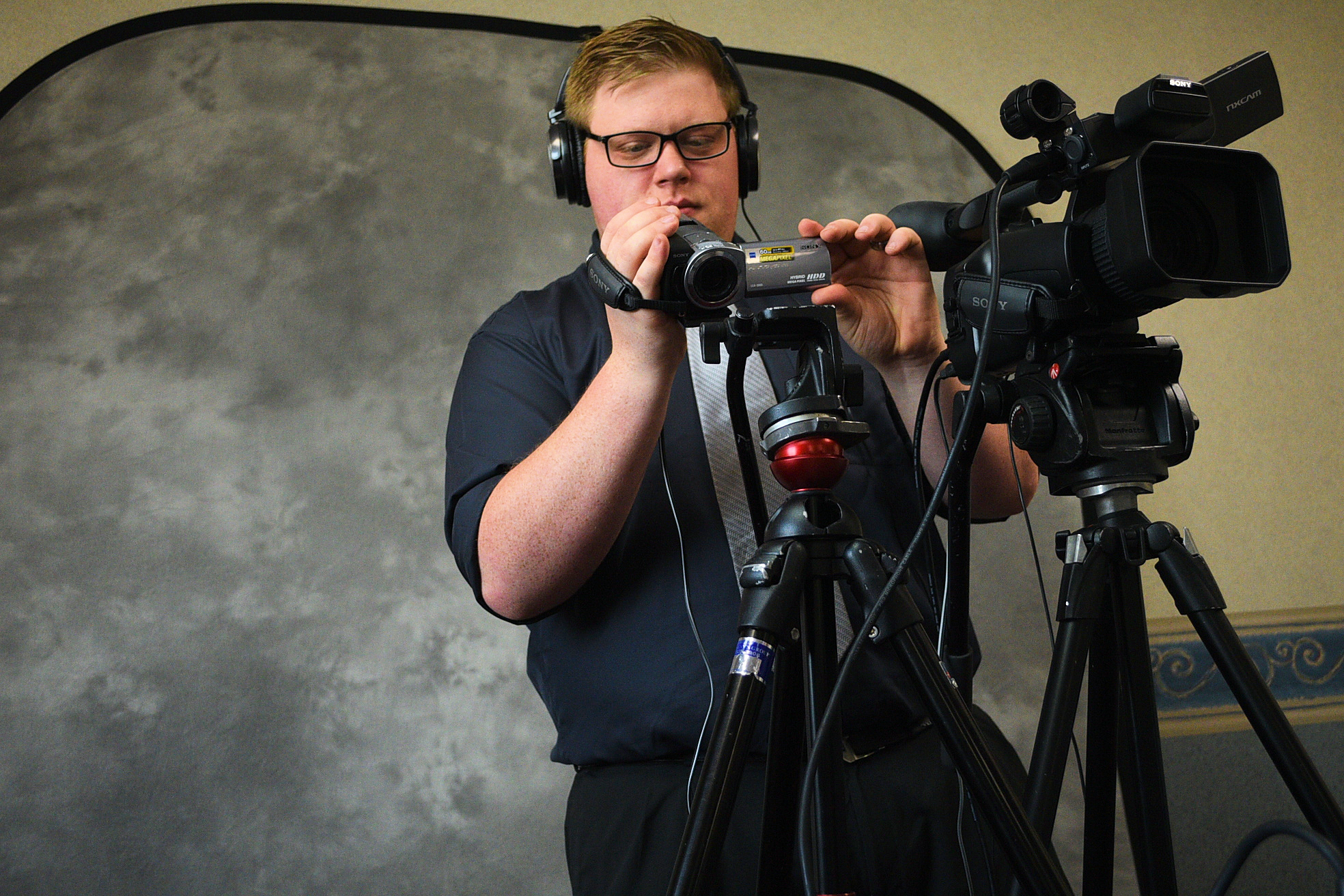The Function of Lawful Videography in Depositions and Trials
Legal videography has emerged as an essential tool in both depositions and tests, supplying a multifaceted strategy to recording witness statements. As lawful professionals increasingly recognize its worth, it motivates a much deeper evaluation of just how these aesthetic documents can affect juror assumptions and trial end results.

Importance of Legal Videography
Legal videography plays a pivotal role in the documentation and presentation of depositions and tests. This specific field incorporates technical abilities with lawful expertise to produce a reputable record of proceedings that can substantially influence case end results. The appearance of legal videography enhances the understanding of witness statement, enabling jurors and courts to observe not only the talked words yet additionally the behavior, feelings, and body language of the witnesses.
Additionally, lawful videography gives an unbiased account of occasions, minimizing the capacity for misconception that can occur with created transcripts alone. This aesthetic paperwork functions as a vital device throughout test presentations, helping with a clearer and even more persuasive story for both complainants and offenders. Furthermore, the ability to replay video clip sections during court proceedings allows lawful teams to highlight essential points, strengthening their disagreements effectively.
The importance of legal videography expands beyond the court room; it likewise plays a crucial role in protecting evidence for future reference, whether for appeals or further lawsuit. Therefore, its integration right into the legal process is important for guaranteeing a reasonable and accurate representation of the realities, inevitably adding to the quest of justice.

Process of Legal Videography
While catching the nuances of depositions and trials, the procedure of legal videography includes a number of vital steps that make sure top quality, accurate recordings. A professional legal videographer prepares by reviewing the instance materials and understanding the certain requirements of the deposition or test. This preparation consists of familiarizing themselves with the participants and the context, which aids in recording pertinent details.
On the day of the recording, the videographer establishes the needed devices, which typically includes high-definition cams, microphones, and correct lights. Ensuring ideal angles and sound top quality is essential, as it directly affects the effectiveness of the recording. The videographer interacts with lawyers and individuals to develop procedures, making sure that everybody recognizes the recording process.
Throughout the deposition or trial, the videographer carefully videotapes the process, paying close attention to both verbal and non-verbal hints. This consists of capturing the attitude and responses of witnesses and lawyers. After the session concludes, the videographer might edit the footage for quality and conformity with legal requirements, generating an end product that properly reflects the procedures for future reference and use in lawful contexts.
Advantages in Depositions
The incorporation of videography in depositions supplies countless advantages that enhance the overall procedure of collecting proof. One main advantage is the ability to catch witness statements with visual and auditory fidelity, giving a much more exact representation of the witness's disposition, tone, and body language. This multidimensional approach permits lawyers and juries to assess reliability better than typical written records alone.
In addition, videographed depositions act as an effective device for preserving testament. Should a witness become inaccessible for test, their taped deposition can be played in court, making certain that their evidence remains available and pertinent. This facet considerably reduces the threat of losing important information that could impact instance end results.

Lastly, videography boosts the total professionalism and reliability of the deposition procedure, instilling confidence in clients regarding the thoroughness of their lawful representation (legal videography). By leveraging modern technology, lawful experts can dramatically improve the performance of depositions
Influence on Trials
In many trials, the integration of videography can dramatically affect check here the presentation of proof and the court's understanding. Lawful videography catches witness testaments and critical proof in a dynamic format, enabling jurors to involve with the material on several levels. This aesthetic element enhances the storytelling element of a test, giving context and psychological vibration that conventional text-based proof might do not have.
Moreover, video recordings can function as powerful tools for impeachment during interrogation. When inconsistencies arise in between a witness's previous statements and their court testimony, video evidence provides an unbiased recommendation that can guide jurors' viewpoints. This immediacy and quality can boost the additional reading integrity of a celebration's story while concurrently weakening opposing arguments.

Future Trends in Legal Videography
As we look toward the future of legal videography, a number of arising patterns assure to improve its role within the courtroom. One considerable pattern is the integration of expert system (AI) in video analysis and editing. AI can improve the procedure of recognizing essential minutes in videotaped depositions, enabling lawyers to rapidly access pertinent material, thereby boosting effectiveness in case preparation.
Furthermore, view it the rise of virtual reality (VR) and augmented fact (AR) innovations is expected to change just how jurors experience evidence. legal videography. By immersing jurors in a substitute environment, these technologies can offer a much more extensive understanding of intricate scenarios, resulting in even more informed considerations
Moreover, the enhancing need for remote depositions, accelerated by the COVID-19 pandemic, will likely proceed. Lawful videographers will require to adjust to new software application and systems to ensure top quality recordings in digital setups.
Finally, the expanding emphasis on information security will certainly demand stricter protocols for saving and sharing video clip evidence. As the legal landscape progresses, legal videographers have to stay abreast of these trends to keep their significance and efficiency in the judicial process.
Verdict
In recap, legal videography serves a crucial function in the judicial procedure, enhancing the honesty of depositions and tests. By capturing the subtleties of witness testimonies, this medium not just protects essential proof yet additionally aids in presenting details properly to jurors. The importance of aesthetic documentation in reviewing integrity and facilitating interrogation can not be overemphasized. As technology remains to progress, legal videography is poised to additional transform its function within the legal landscape.